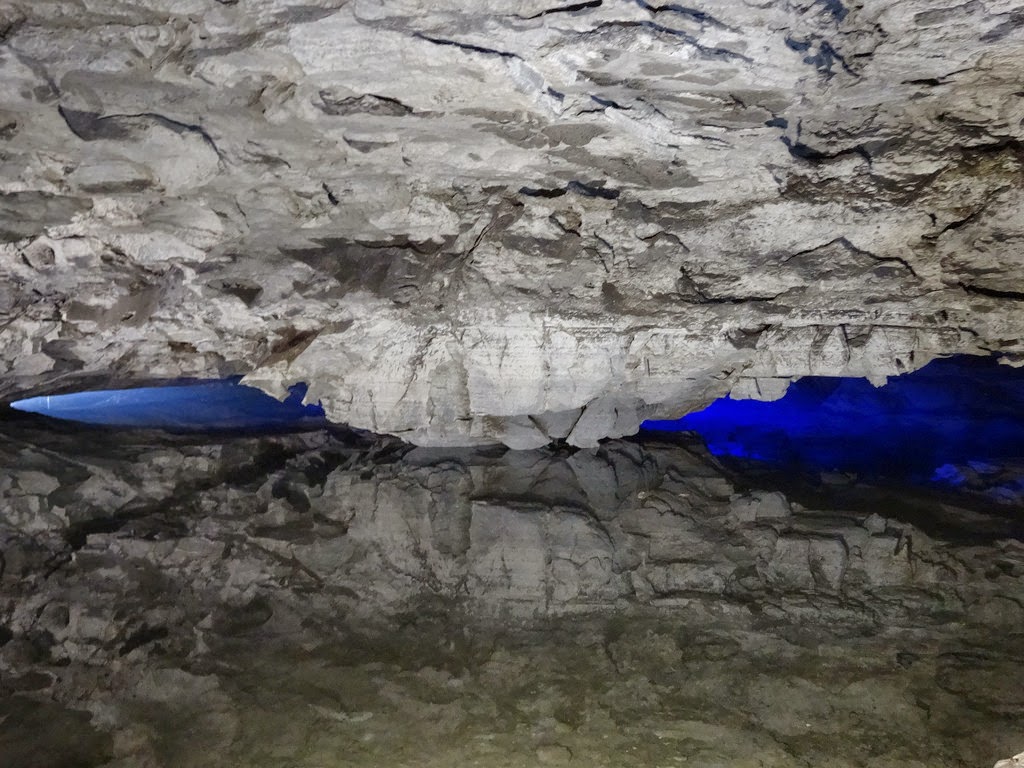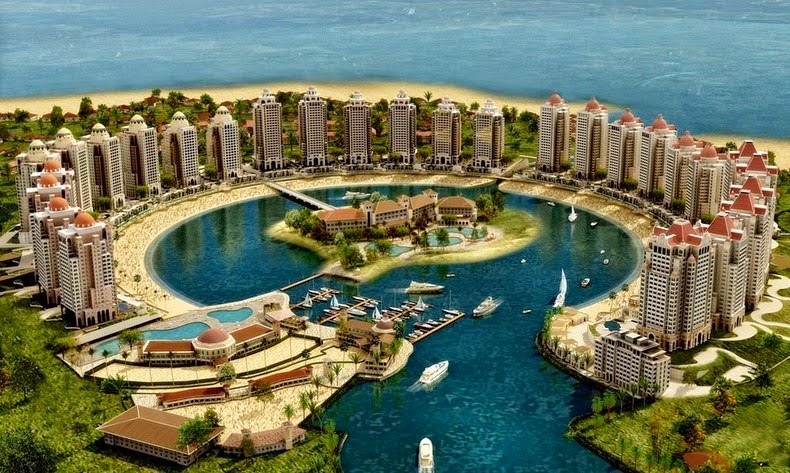Kungur Ice Cave is a lovely karst
cave situated in the Urals, near the town Kungur in Perm Krai, Russia, on the
banks of the Sylva River. This remarkable cave has a length of explored
passages over 5 kilometers. Though this is one of Russia’s biggest karst caves
and the only one in the country equipped for visits by travelers. Over
thousands of years rainwater dissolved the soft rocks and formed a system of capacious
underground halls, filled with rocks of unusual shapes. Therefore; snow-melt
dripping through the porous rocks had frozen in the cold interior of the cave
to turn into ice stalactites that hang from the ceiling in entirely impulsive
forms and extraordinary sizes. Amazingly some of the hanging icicles have
reached the floor and formed spectacular ice columns shaped like giant
hourglasses .One of the most beautiful places in the cave is right near the
entrance “The Diamond Grotto”. Layers of ancient ice in these chambers overflow
under spotlights, bringing to mind a frozen waterfall, while vaults cover large
crystals. Diamond grotto adjoins Polar grotto where it is possible to observe
ice stalactites and stalagmites.
In the grotto of Pompeii Ruins visitors can
see rocks of strange shape some of them resembling silhouettes of animal and
fantastic characters, thanks to the special system of illumination. Well
overall, Kungur Cave encompasses 48 grottoes, but each having their own story
and exclusive name. i.e. there’re the
Coral and Sea Bottom chambers, which’re beautifully ornamented with stone lace
that water wore away for 12,000 years. In the Meteorite chamber, a spectator
has the illusion that massive celestial bodies are lying under the earth. The
history tells us, that the first plan of the ice cave was made in 1703 when
Peter the Great issued the decree sending the famous geographer Simeon Remezov.
When they’ve used the materials of Remezov drawings, Stralenberge made one of
the first schemes of the cave which we can see now.
The first regular excursions of
the ice cave were made by Alexey Timofeevich Hlebnikov, the grandnephew of the
Russian America researcher K.T.Hlebnikov. Hence in 1914 Hlebnikov, having
rented the cave from a local community of peasants, started to arrange paid
excursions for inhabitants of Kungur and visitors of the city. Owing to Alexey
Hlebnikov's diligence, the news about Kungur’s outstanding ice cave speedily
scattered to diverse corners of the country. Nowadays the cave is a popular
destination and every year thousands of visitors pay the visit to this cave. Source: Charismatic Planet




















%2B%2B7%2BDays%2B8%2BNights%2BSouth%2BKorea%2BTrip%2B2014%2BSummarised%2BItinerary%2Bfor%2BSeoul%2B-%2BJeju%2BIsland%2B-%2BSeoul%2B(Large).JPG)


















